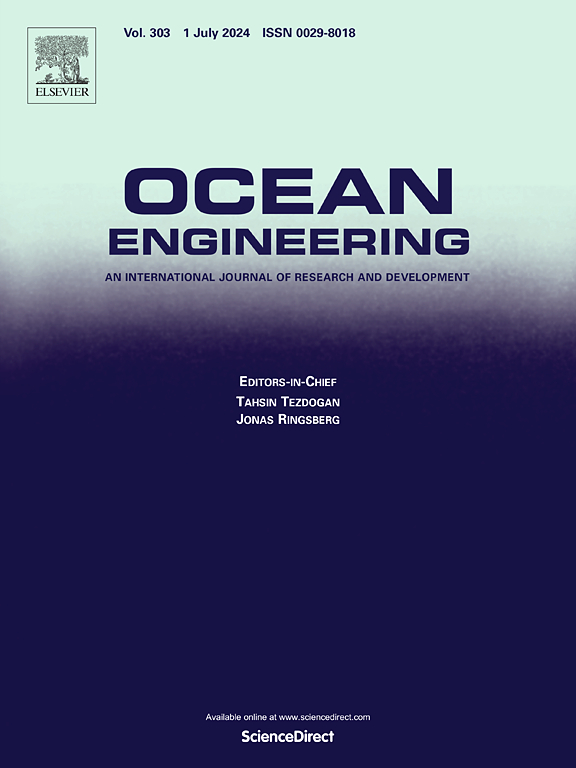Structural response analysis of different submerged floating tunnel route selection conditions in the complex strait under the action of typhoon Sepat
IF 4.6
2区 工程技术
Q1 ENGINEERING, CIVIL
引用次数: 0
Abstract
The submerged floating tunnel (SFT), a newly proposed tunnel engineering concept, will replace traditional sea-crossing bridges potentially. The SFT has the advantages of the cost, environmental protection, and terrain adaptability. Existing route proposals for SFT suggest its possible construction in the strait on the western coast of the Pacific Ocean. However, these straits are frequently threatened by typhoon disasters, making it crucial to study the mechanical response of SFT under extreme marine environmental conditions. Therefore, this study has focused on the strait in it and utilized the ADCIRC hydrodynamic model and the SWAN wave model to assess storm surge disaster risks in the region. The finite element software ABAQUS has been used to model the SFT. The study has discussed the spatiotemporal heterogeneity of the coupled response between typhoon waves and the SFT, and the sensitivity of structural parameters under extreme marine conditions. The results indicate that: (1) The dynamic response of the SFT during the movement of the typhoon showed significant variation. (2) Increasing the elastic modulus and diameter of the cables significantly reduced the mechanical response fluctuation of SFT caused by typhoon. (3) The submerged depth of the SFT in the Penghu channel section was suggested to be set to 55–65 m when the typhoon is considered.
求助全文
约1分钟内获得全文
求助全文
来源期刊

Ocean Engineering
工程技术-工程:大洋
CiteScore
7.30
自引率
34.00%
发文量
2379
审稿时长
8.1 months
期刊介绍:
Ocean Engineering provides a medium for the publication of original research and development work in the field of ocean engineering. Ocean Engineering seeks papers in the following topics.
 求助内容:
求助内容: 应助结果提醒方式:
应助结果提醒方式:


